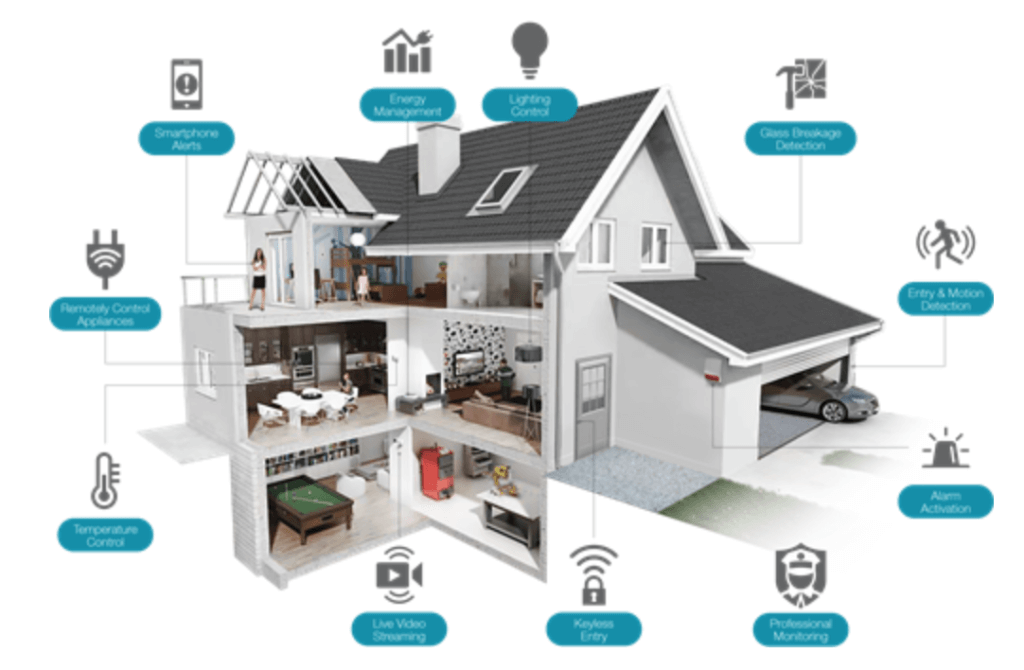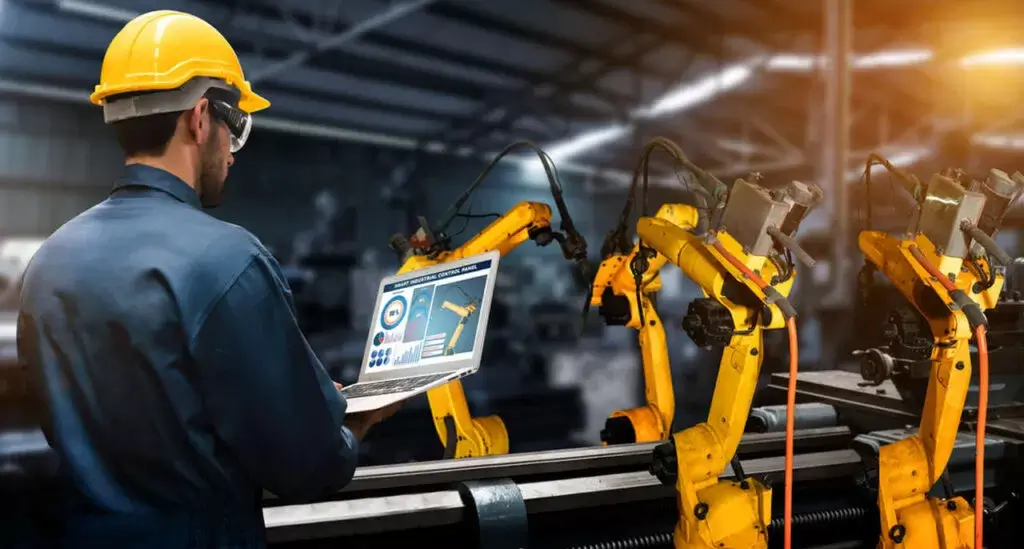Internet of Things – what are these things?

The 5G mobile internet and the ever-increasing automation of homes and sectors of industry are bringing us into contact with cameras, sensors and other devices connected to a large centralized system, which has a very curious name: the internet of things.
But what are these things? What are the advantages of having several devices connected to each other?
It’s the ability of different types of objects to establish and maintain a connection with the internet, from sensors or household appliances to cars. This doesn’t just apply to the computers and cell phones we’re most familiar with, but to objects that until recently didn’t have this capability.
This means the establishment of an integrated virtual environment, a network with devices that receive and transfer data at all times using the cloud and, in this way, can act together.
Example:
Smart Homes is a good example of a connected home. This smart home has a thermostat, which adjusts the temperature to your preference. It also controls the coffee maker, synchronized with the time of your alarm clock in the morning.

You can see who has pressed the doorbell thanks to a camera and monitoring system, and you can open the lock using a mobile app.
The washing machine tells you when you’ve run out of washing powder, and so does the fridge, which helps you make your shopping list or even creates a summary for you to order online.
Keeping all these very different devices and services talking to each other is entirely possible with the Internet of Things.
It is nothing more than the exchange of data from some devices, using the proximity or temperature sensor, and action from others, such as a robot vacuum cleaner.
How did the Internet of Things come about?
The term was coined in 1999 by a researcher called Kevin Ashton, from the Massachusetts Institute of Technology (MIT). He needed to baptize a project with a simpler name, so that executives who understood little about the World Wide Web would understand exactly what it meant.

Ashton then went on to think that this was a system that connected various “things”, and so he named it the Internet “Of Things”, IoT with the lower case “o”, which in Portuguese has the literal translation of Internet of Things.
The presentation was successful and Ashton joined the Auto – ID Center, a research laboratory at MIT that created the foundations of this technology, but remember that creating networks of different devices is a much older concept than that. It took a few years for this term to become popular and for the subject to really begin to be discussed.
The reason is very simple: the idea was very good, but much of the technology that makes this possible still needed to be improved. For the Internet of Things to work, you first need systems that can connect to these devices and have an interface that guarantees automation. In addition, the “things” need to have this connection with the system.
This usually happens via cable, WiFi, cable or mobile data, but can even be via infrared sensors or bluetooth, and it takes a long time for all the desired devices to get smart versions or, above all, for these models to become more affordable.
One of the first more down-to-earth applications of this technology was in the health and exercise sector, with wearable devices such as wristbands and then smart watches. They are simpler devices that until recently had no internet connection, and today are equipped with sensors that even monitor heart rate, among other functions.

In the industrial environment, the Internet of Things is also very important. Automation helps industrial centers to expand manufacturing and logistics sectors, optimize supply chains and control everything from stock to the assembly line. Sensors that detect defective products and withdraw them for maintenance, saving a lot of money.

All of this is incredible, but implementation is not so easy, and it comes up against some difficulties. One of them is the need to invest in more substantial structures than just a smart light bulb that you control via voice command, for example.
Especially in industrial sectors and to create a more complex ecosystem, the expense is relatively high and much of the equipment is either in short supply here or very expensive.
Since 2019, Brazil has had an incentive policy called the National Internet of Things Plan, but so far the government has made little progress in the sector. There are also security issues: devices, not least because of the simplicity of the system, are often the weakest links in a network.
That’s why the chance of it being vulnerable to an attack can be very high, and an intrusion can start with it and compromise all activity and spread to other devices on the same network.
The Internet of Things is already more than a reality, but its application depends on many structural, security and economic factors. The potential of this type of technology is very high and can bring many benefits in various sectors. Let’s look forward to more news!